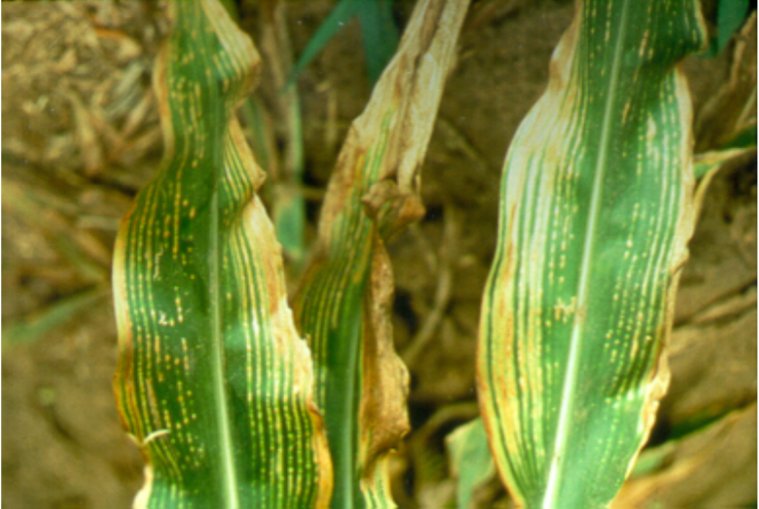Optimal physical and chemical soil properties will lead to optimal soil biological properties and ideal soil health and productivity. Soil health indicators are used to assess physical, chemical and biological properties that lead to optimal soil functions such as efficient filtration, soil structure, nutrient and water cycling. Soil health indicators can be utilized for site specific management to recommend practices and management to improve soil properties in order to maximize soil health and productivity.
Physical Properties
 Physical properties are the most visible and can be observed without using equipment like scanners or microscopes. They are reflective of the solid soil particles such as sand, silt and clay and the manner in which they are arranged. They can be used to define and classify soil types and horizons. In addition, they are very effective for field/lab demonstrations. They include:
Physical properties are the most visible and can be observed without using equipment like scanners or microscopes. They are reflective of the solid soil particles such as sand, silt and clay and the manner in which they are arranged. They can be used to define and classify soil types and horizons. In addition, they are very effective for field/lab demonstrations. They include:
- Structure
- Texture
- Infiltration and Permeability
- Aggregation and Aggregate Stability
- Porosity
- Bulk Density
- Compaction
- Crusting
- Water Holding Capacity and Available Water
- Moisture
- Temperature
Biological Properties
 Biological Properties represent the direct and indirect influence of the living organisms habitating a particular soil. Soil biological properties reflect how well-suited a soil is to support life. Most of the properties require specialized and high powered equipment for observations or measurements. They include:
Biological Properties represent the direct and indirect influence of the living organisms habitating a particular soil. Soil biological properties reflect how well-suited a soil is to support life. Most of the properties require specialized and high powered equipment for observations or measurements. They include:
- Active and Total Carbon
- Organic Matter
- Enzymes
- Earthworms
- Nematodes
- Respiration
- Fungi and Bacteria
- Microorganisms
- Nitrogen Fixation
Chemical Properties

Chemical properties represent the complex chemical reactions and processes occurring in the soils. They represent nutrient availability, deficiency, toxicity, salinity and sodicity just to name a few. Almost all of the properties require field equipment or lab analysis for measurement. They include:
- Electrical Conductivity
- pH
- Nutrient Content
- Cation Exchange Capacity
- Sodium Adsorption Ratio
- C:N Ratio
- Base Saturation
- Exchangeable Cations
- Exchangeable Acidity
- Trace Elements and Heavy Metals